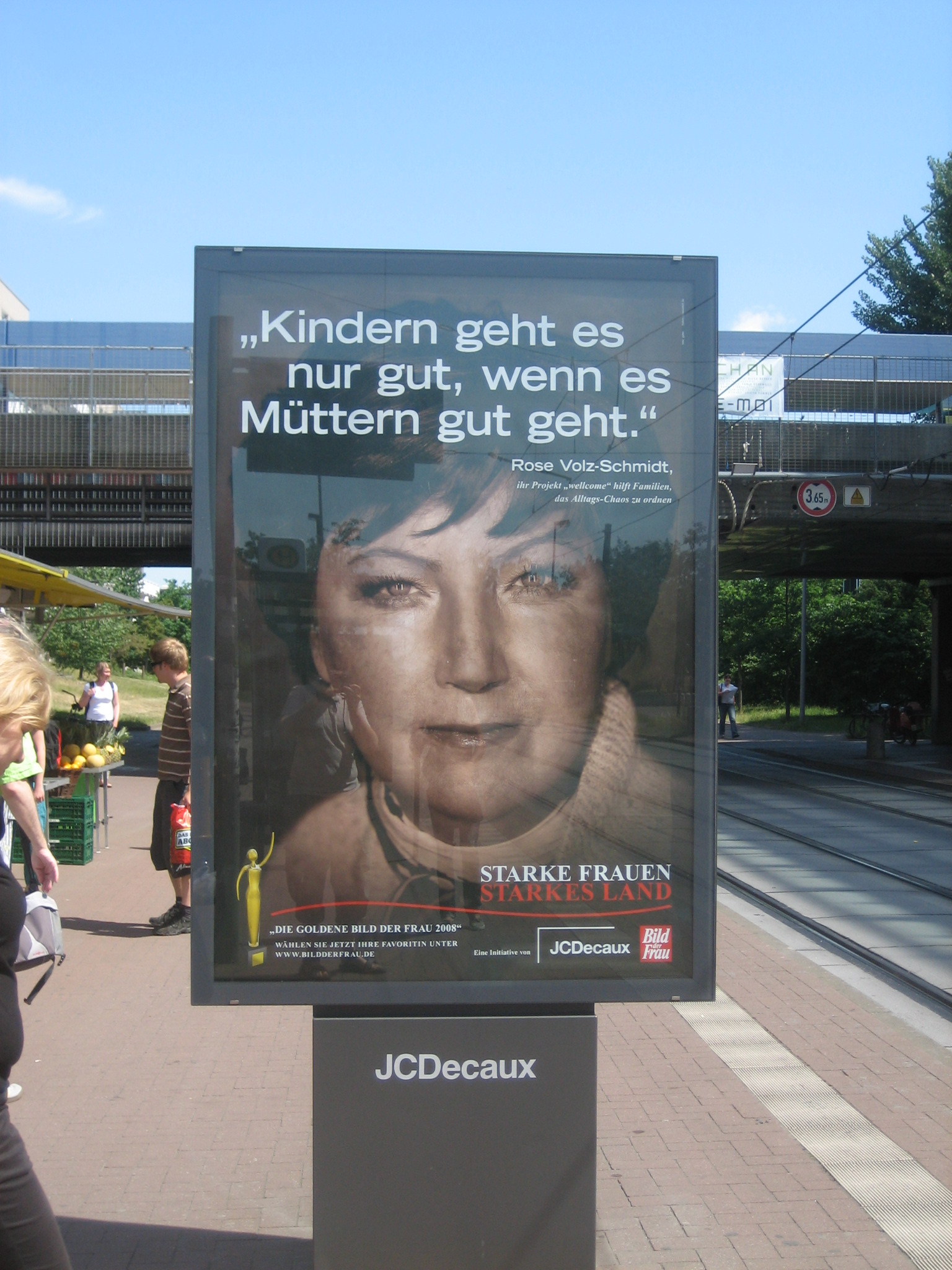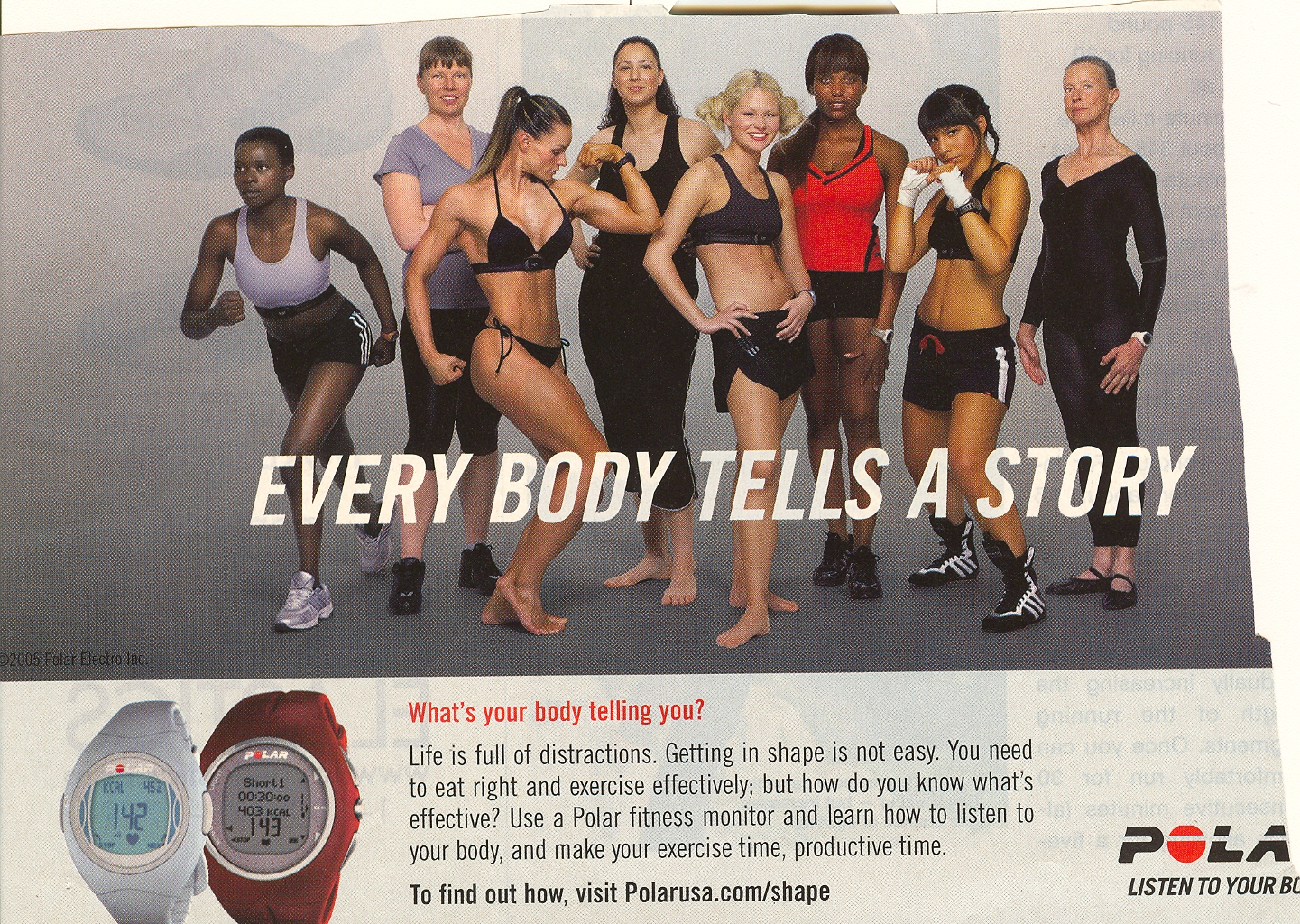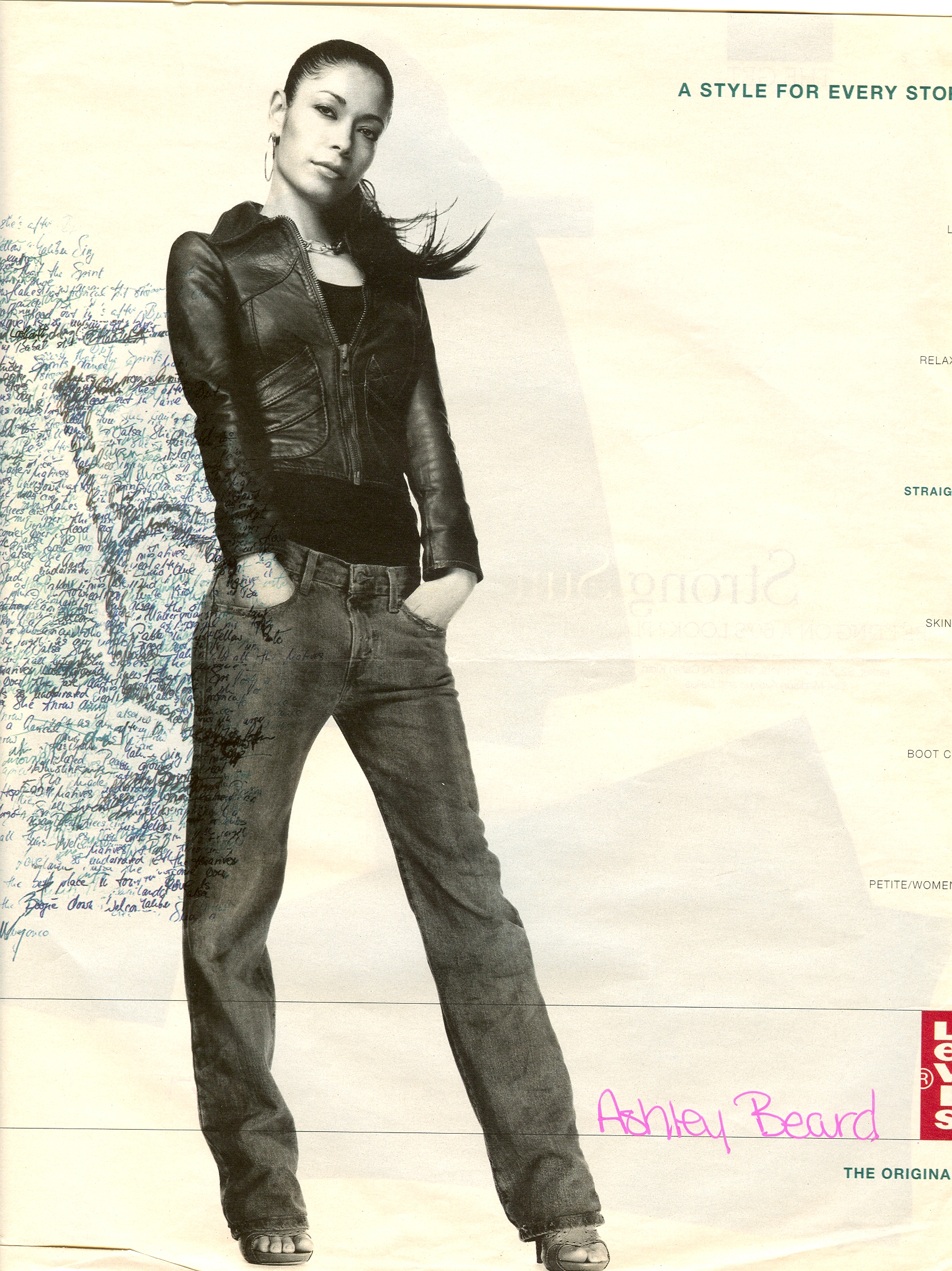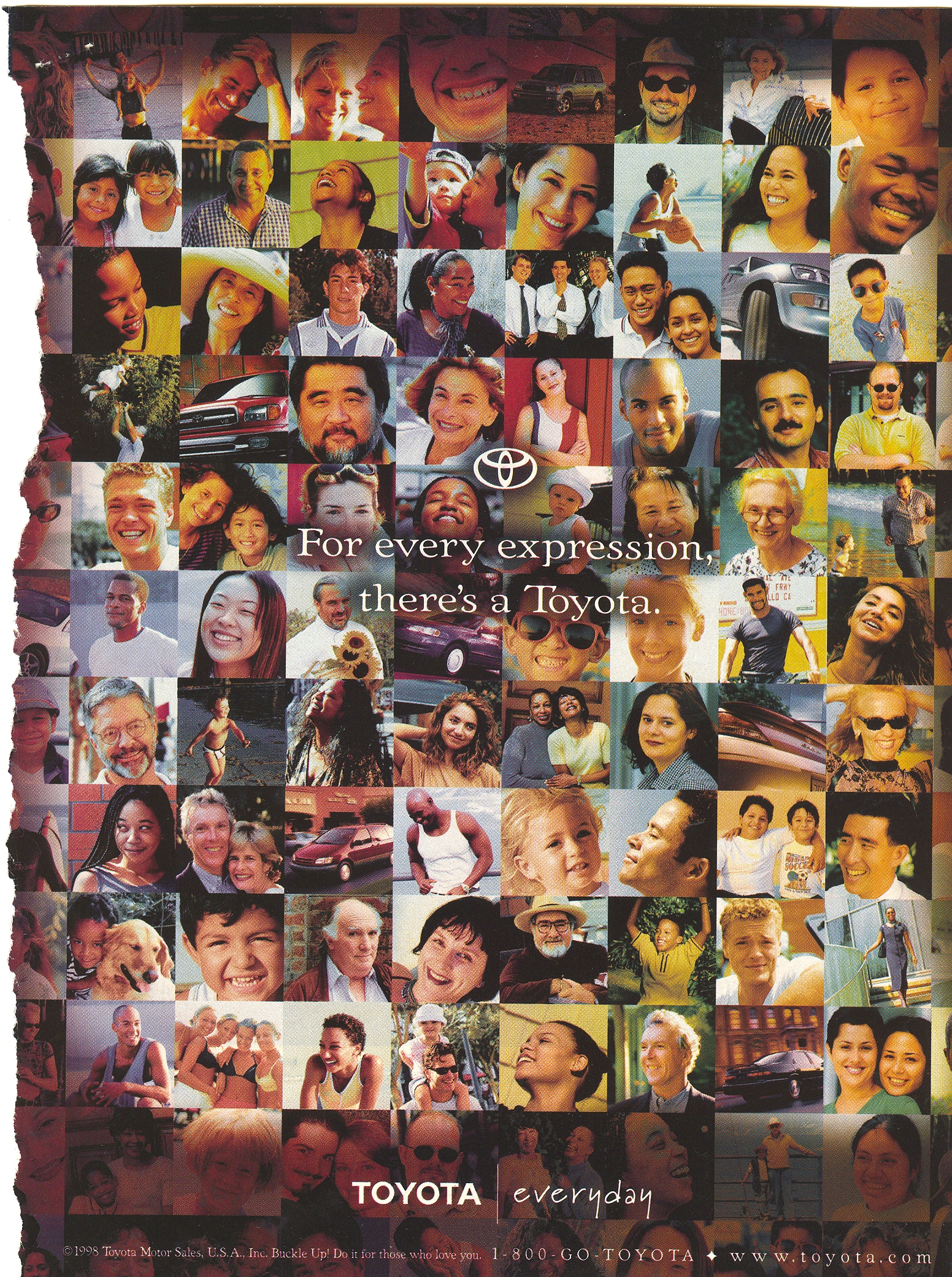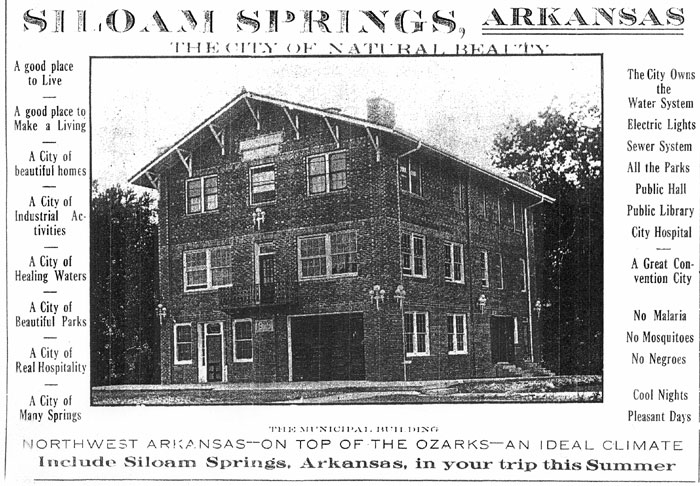
Annie G. sent in this ad for the Baby Wee Wee doll, which was sold in the UK and Ireland for a while but was manufactured by a Spanish toy company (and is also called Piolin Pipi):
Notice that, although it’s girls who are shown playing with the doll, the parent they’re showing it to and playing with is the father, which is pretty unusual. Also, the doll is uncircumcised, which could be used for an interesting discussion of culture and representations of the body–if the doll had been manufactured in the U.S., it almost certainly would have been circumcised, and that’s the image of what penises look like that the kids playing with it would get. I find that more interesting than the gendered element of the ad–the way that the male body is being depicted, how that might be different depending on where the doll was manufactured, and how that reflects cultural norms about circumcision and what a “normal” penis looks like.
Of course, you could also discuss parenting styles and the types of parents who might find this appropriate, and why parents who might find the “girl-style” peeing dolls (i.e., those that “pee” through a hole between their legs) perfectly fine might still be offended by this doll (I’m just guessing that a lot of people would not want to buy this for their kid and might think it’s inappropriate for little girls to be playing with a doll with such a “lifelike” penis, but maybe I’m wrong). And there’s the whole issue of whether different viewers and/or regulators would find this ad appropriate for TV (I’m guessing it wouldn’t run in the U.S. Actually, I’m just gonna make a declarative statement: this ad would not run on TV in the U.S.).
Thanks, Annie!



